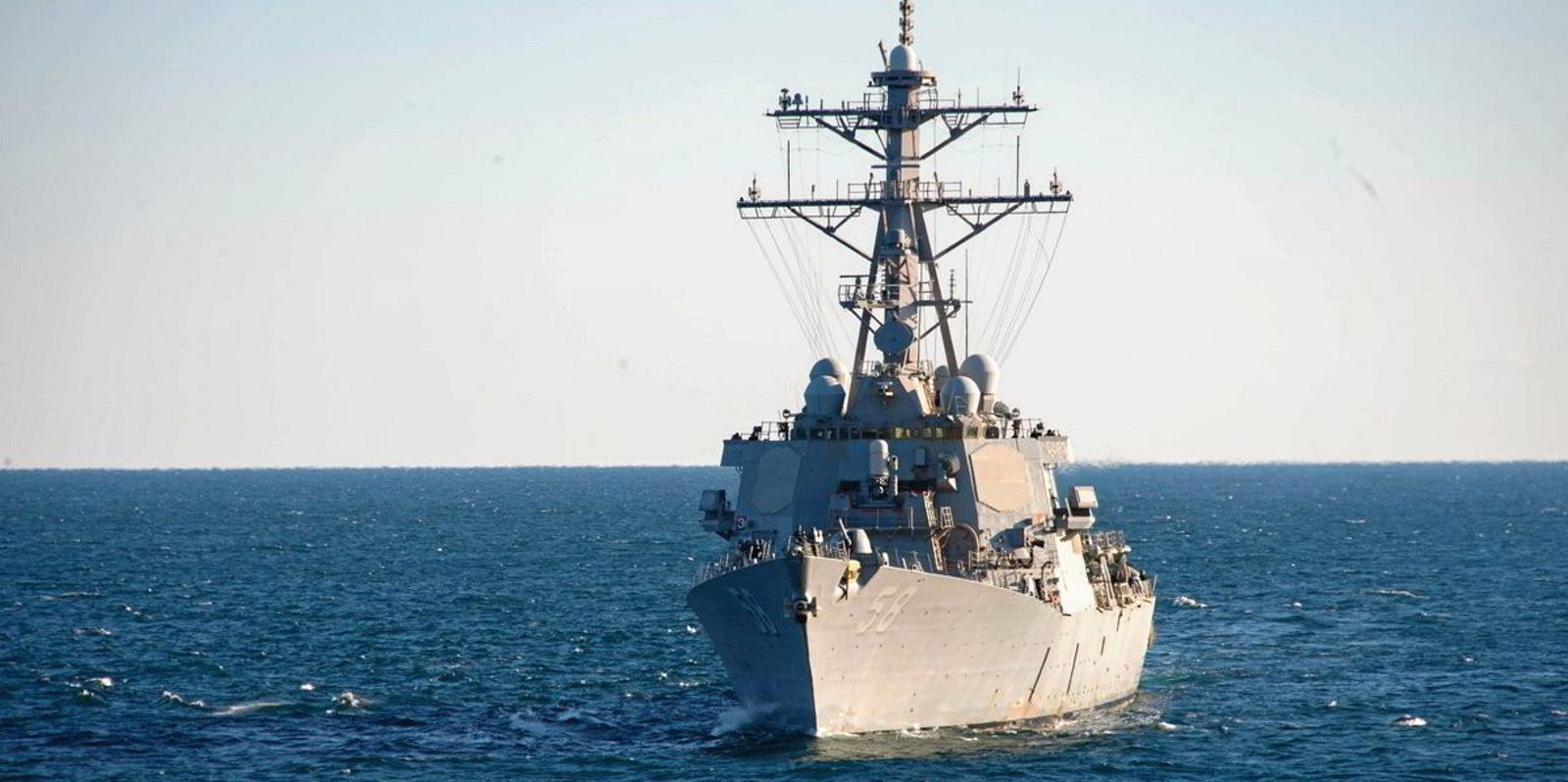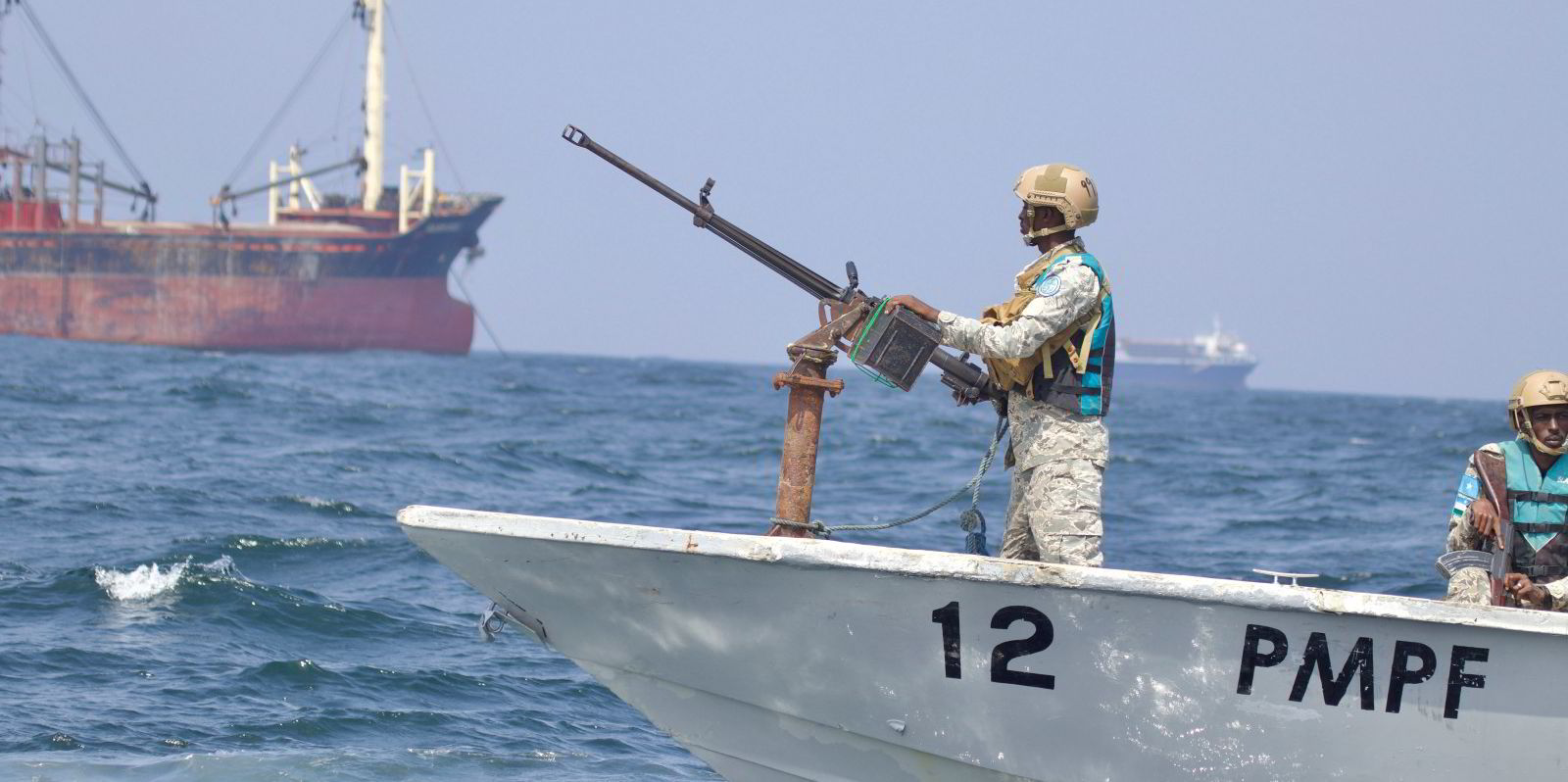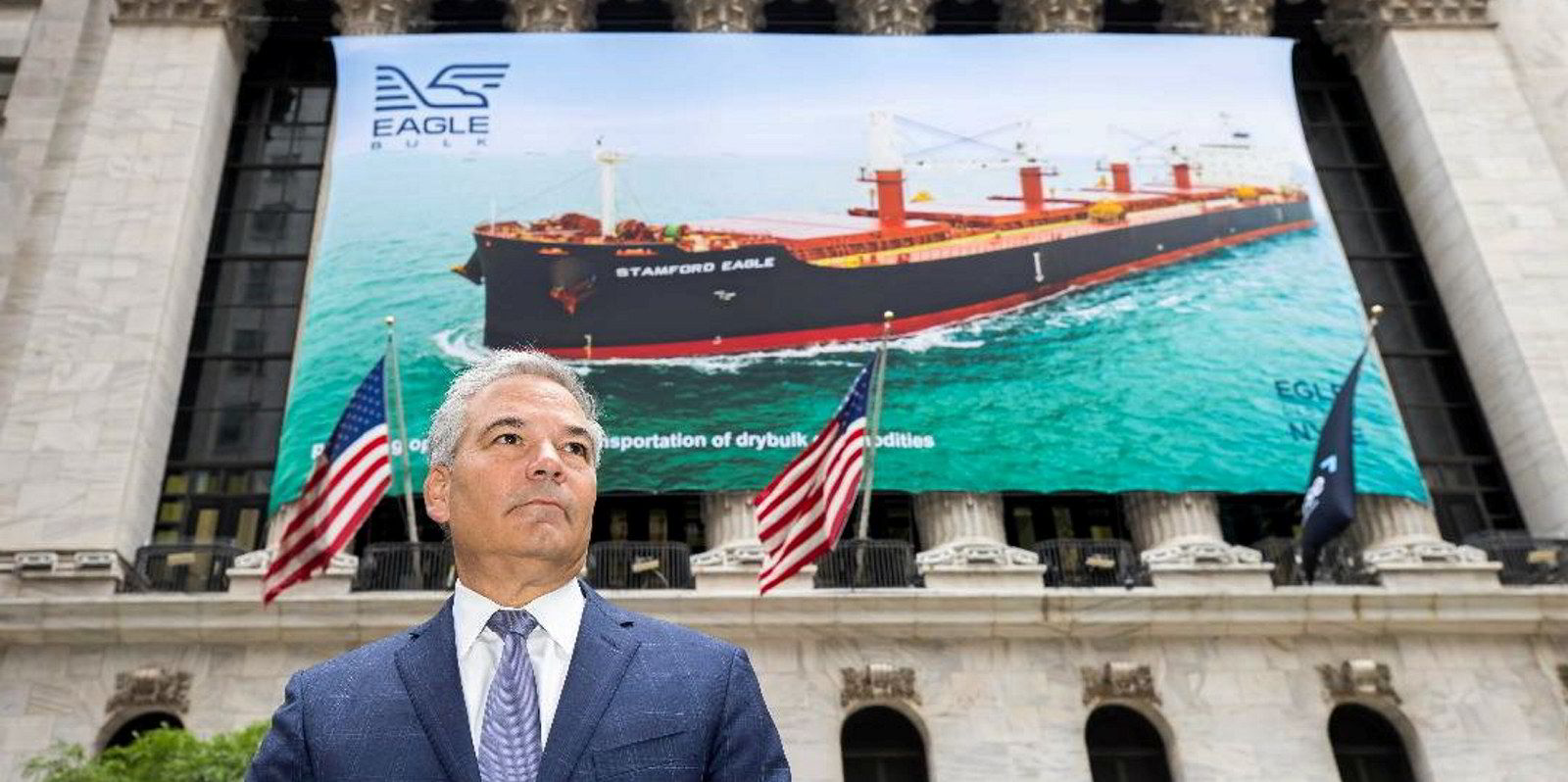Red Sea war risk rates could soon exceed 1% of hull value after the latest missile attacks by Yemen-based Houthi rebels on shipping signal that no vessel is safe in the region, according to brokers.
Rates had been hovering at about 0.5% before the attack on Eagle Bulk Shipping’s 63,300-dwt Gibraltar Eagle (built 2015) and the hit on Vulcanus Technical Maritime Enterprises’ 56,900-dwt bulker Zografia (built 2010).
The targeting of the Zografia is being taken as a signal that any ship could be at risk, not only vessels from Israel, the UK and the US, which the Houthis have said they will target.
Asked if rates could reach 1%, one broker replied: “It would not surprise me. The way rates have moved in recent weeks, it is certainly heading in that direction.”
There has been a spread of quotes between underwriters in the commercial market, where headline rates are often tempered by no-claims discounts.
One leading war risk mutual set the tone following the latest attacks by quoting rates of 0.5% but slashing its discounts from 50 to 15%.
In less troubled times, rates in the region have been as low as 0.03%.
Two factors are helping keep rates down.
Although there have been several missile and drone hits on commercial vessels, the damage has been limited and a major claim has not yet reached the insurance market.
The US-led maritime protection alliance in the Red Sea, Ocean Prosperity Guardian, has also had an impact.
However, rates are now reaching a level at which for many ships it will make financial sense to divert around the Cape of Good Hope rather than pay the additional war risk premium. Until now, ships have diverted mostly for safety and security reasons.
“Shipowners and charterers may find that rerouting around Africa is more cost-effective than incurring the combined costs of Suez Canal transit fees and insurance premiums,” commented Clarksons Securities in a report.
Red Sea rates are now getting closer to those reported in the Black Sea, where ships are navigating sea mines under the threat of Russian missile attack to load Ukrainian grain exports.
Full exposure
Black Sea rates are higher because underwriters have to take the financial exposure fully on their books after the reinsurance market pulled out of covering policies related to Russia, Ukraine and Belarus.
According to the Financial Times, reinsurers are now reassessing their cover for Red Sea risks.
Reinsurers usually commit capital to the insurance market in annual contracts signed at the beginning of the year.
But the FT said some reinsurers have managed to agree to get-out clauses or to limit exposures for the Middle East in renewal contracts.
It is not yet clear if this will affect marine war risk cover.





